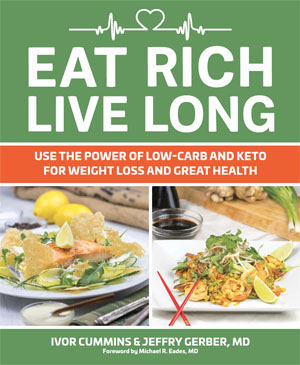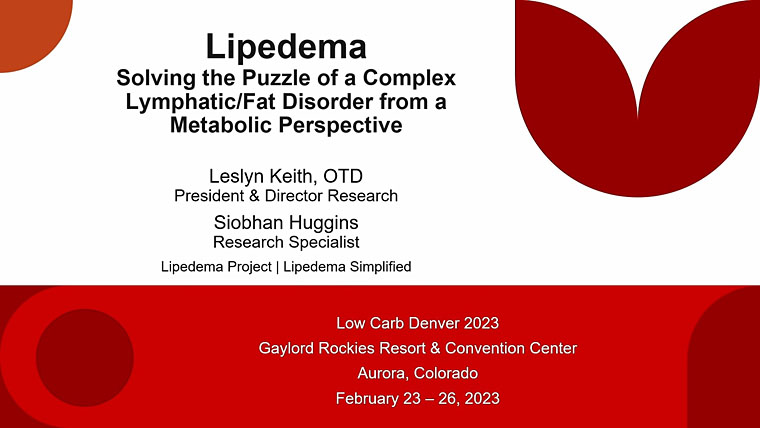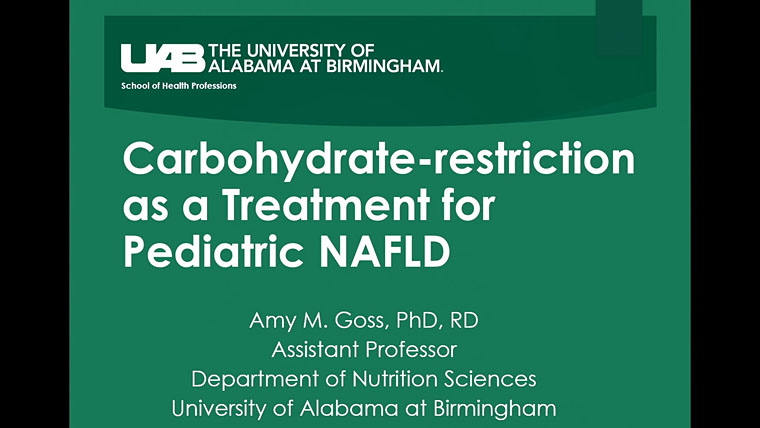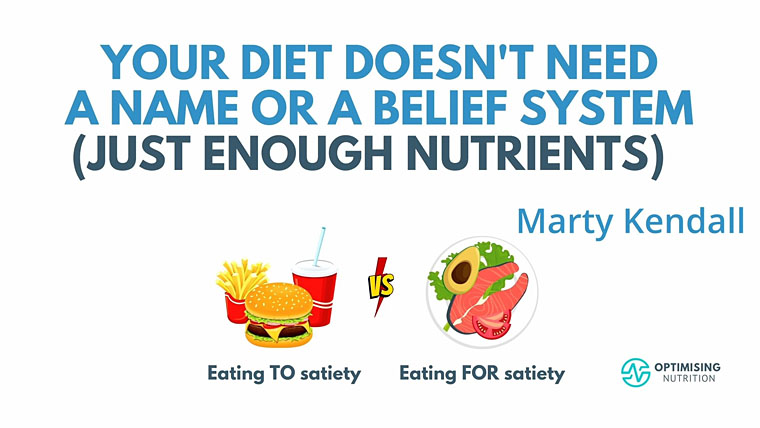The American Heart Association (AHA) / American College of Cardiology (ACC) new cardiovascular disease prevention guidelines were recently published in Circulation November 2013 (four sections). Read the AHA synopsis with additional ACC commentary. The federal government’s National, Heart, Lung & Blood Institute (NHLBI) felt the need to rush these recommendations to publication and with the help of these allies they achieved that goal.
These new recommendations (what I view as merely variations on older themes) suggest that now more than twice as many individuals take statins to prevent disease compared to previous guidelines. The expert panel now includes stroke risk along with heart disease risk to base this advice. They have once again used dated, inconclusive and unimpressive evidence to support a rather weak position in my estimation. Additionally, it’s already been observed that the new risk calculator is flawed and overestimates risk above and beyond what the panel intended.
Although I’m not particularly fond of statin therapy especially for primary prevention they do selectively provide benefit. They have been shown to reduce risk secondarily in heart and stroke patient’s and may provide a small role in reducing risk in those that cannot adhere to appropriate lifestyle modification.
On a positive note, the panel wants obesity to be appropriately recognized as a chronic disease (those in the health insurance industry generally don’t) and addressed to reduce cardiovascular risk. A Mediterranean style of diet is recommended although still heavy on reducing saturated fat and increasing whole grains (ugh!).
Conflict of interest needs to be considered. These experts, speaking on behalf of these large medical establishments are often influenced by federal policy and big industry. Unfortunate or not money, bureaucracy, lobbying and cronyism always introduce bias into decision making.
What bothers me most; the panel hardly addresses how volatile, controversial and hot a topic cholesterol lowering therapy has been of late. Perhaps this serves as the explanation for the panel’s haste, but statin therapy is rapidly losing momentum among many including mainstream physicians, doctors and practitioners. These new guidelines hardly address risk to benefit ratios, the role of inflammation and oxidative stress in cardio vascular disease and provide little in the way of innovation. Rather these guidelines may actually serve to block innovation specifically in areas including diet, nutrition and new medical therapies.
Just because a panel of experts hasn’t met in a while to update doesn’t necessarily mean that they need to, especially if they have nothing new to offer. In this case no new news would have been the best news. Many are now confused and also concerned these guidelines will do more harm than good.
Read more:
Not on cholesterol meds? New guidelines may change that
New Guidelines for Cholesterol Treatments Represent “Huge Change”
Don’t Give More Patients Statins
It’s time to question the new guidelines on cholesterol drugs
AHA: New heart disease and stroke prevention guidelines released
JAMA: More Than a Billion People Taking Statins?
New ACC/AHA Prevention Guidelines
Risk Calculator for Cholesterol Appears Flawed
AHA, ACC defend guidelines, calculator
National Institute for Health and Care Excellence (NICE) guidelines follow suit









